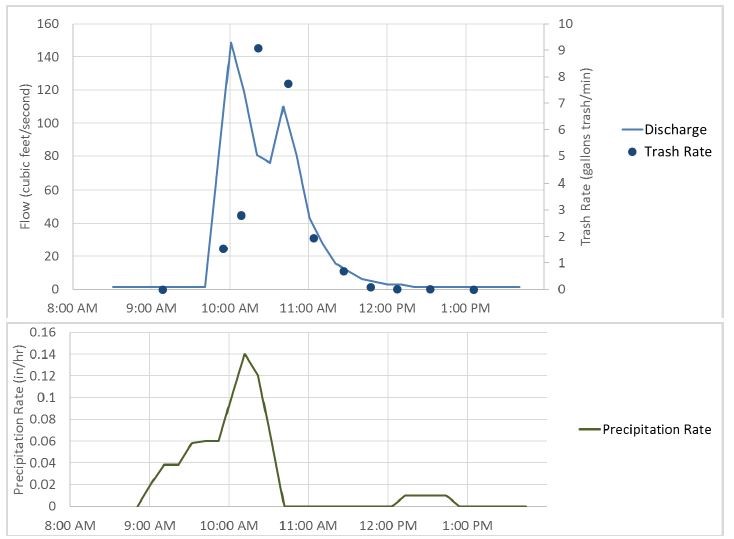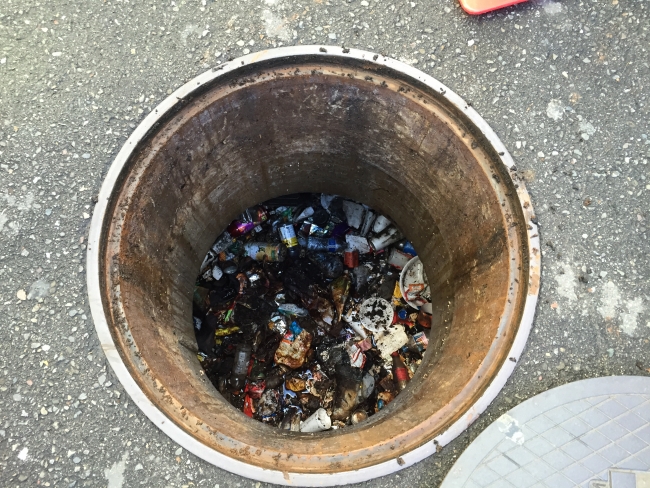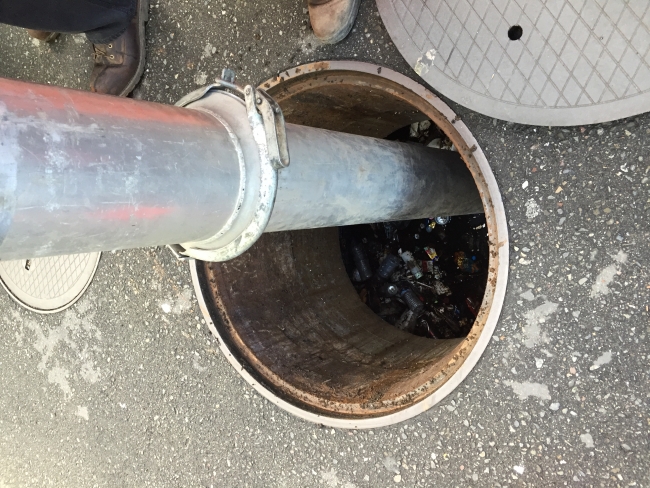By: Sherry Lippiatt, California Regional Coordinator for the NOAA Marine Debris Program
Ever joined a beach cleanup or shoreline survey and wondered “where did all of this marine debris come from?" In reality, there are likely multiple sources including direct littering by beachgoers, wind, stormwater runoff, and the ocean itself. In California, the relative significance of these sources changes seasonally. California is unique in that we have distinct wet (October through March) and dry (April through September) weather seasons, which have a big influence on the amount of trash that travels through stormwater systems and eventually makes its way to our coastlines.
During large storms, typically over the winter months, water runoff from urban areas pushes litter and trash into storm drains, which inevitably makes its way downstream through creeks, channels, and rivers. A recent study by the Bay Area Stormwater Management Agencies Association and 5 Gyres captured a great example of this during a storm at Colma Creek in San Jose, California.

So what can we do about storm-driven debris that travels downstream and impacts our coastlines? The most effective approach is to focus on upstream prevention! The NOAA Marine Debris Program has a number of active projects in California that are focused on source reduction and prevention through education and outreach, including Clean Water Fund’s ReThink Disposable Project and the One Cool Earth’s Salinas River to the Sea Project. In addition, last year we posted about a new “Trash Policy” passed by the California State Water Resources Control Board that will require stormwater permittees to reduce and capture trash before it can enter “receiving waters” (learn more on the Water Board website). These far-reaching new requirements will lead to the installation of more physical trash capture devices throughout California, like the underground “Continuous Deflection Separator” device seen in the photos below.
Next time you find yourself stuck in a rainstorm, consider the final destination of all of the litter swept off of sidewalks and roadways, and what you can personally do to prevent marine debris.


